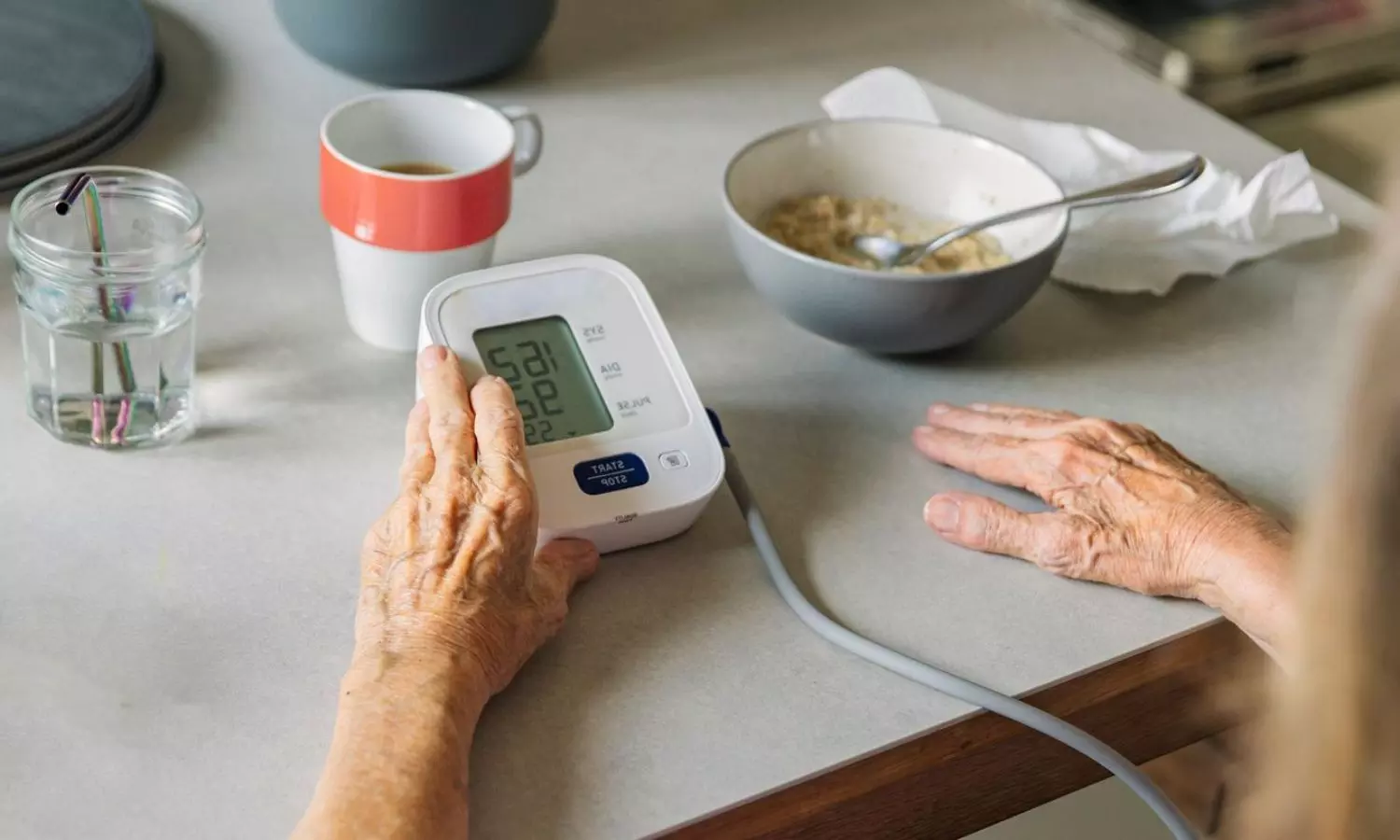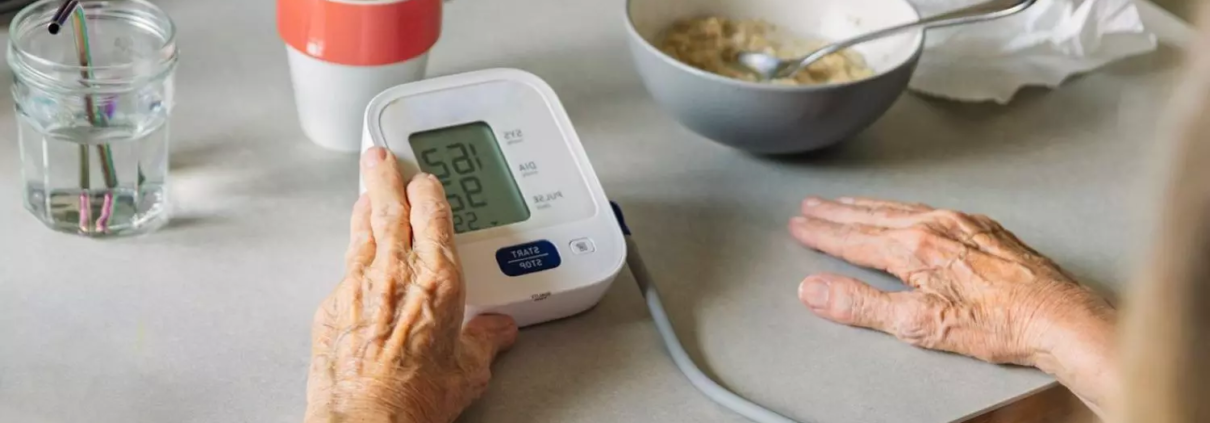Maintaining systolic blood pressure below 130 may improve longevity in healthy older women: Circulation

USA: A recent study conducted as part of the Women’s Health Initiative (WHI) has shed light on the relationship between systolic blood pressure (SBP) and survival into very old age among women. The findings, published in the renowned medical journal Circulation, have significant implications for the understanding and management of cardiovascular health in aging populations.
The study found that an SBP level <130 mm Hg is associated with longevity in women >65 years of age with low cardiovascular disease (CVD) and other chronic disease risks. The findings reinforce current guidelines targeting an SBP target of <130 mm Hg in older women.
The relationship between systolic blood pressure and longevity is not fully understood. Considering this, Bernhard Haring, Saarland University, Homburg, Germany, and colleagues aimed to determine which SBP levels in women ≥65 years of age with or without BP medication were associated with the highest probability of surviving to 90 years.
The study population comprised 16570 participants enrolled in the WHO who were eligible to survive 90 years of age by February 28, 2020, without a history of diabetes, cardiovascular disease, or cancer. Blood pressure was measured at baseline (1993 through 1998) and then annually through 2005.
The outcome was defined as survival to 90 years of age with follow-up. For all combinations of SBP and age, absolute probabilities of surviving to 90 years of age were estimated using generalized additive logistic regression modeling. The SBP that maximized survival was estimated for each age.
The researchers reported the following findings:
· During a median follow-up of 19.8 years, 59% of women survived to 90 years of age.
· Women with an SBP between 110 and 130 mm Hg at attained ages of 65, 70, 75, and 80 years had a 38%, 54%, 66%, or 75% absolute probability to survive to 90 years of age, respectively.
· The probability of surviving to 90 years of age was lower for greater SBP levels.
· Women at the attained age of 80 years with 0%, 20%, 40%, 60%, 80%, or 100% time in the therapeutic range (defined as an SBP between 110 and 130 mm Hg) had a 66%, 68%, 71%, 73%, 75%, or 77% absolute survival probability to 90 years of age.
In conclusion, the data from WHI suggests that maintaining an SBP below 130 mm Hg may raise the probability of survival to age 90 in healthy older women, with or without blood pressure-lowering medications.
The study provides valuable insights into the relationship between systolic blood pressure and survival in very old age among women. The findings underscore the importance of BP management as a critical factor influencing longevity and overall health outcomes in aging populations.
Reference:
Haring B, Andrews CA, Hovey K, et al. Systolic blood pressure and survival to very old age: results from the Women’s Health Initiative. Circulation. 2024;Epub ahead of print.



